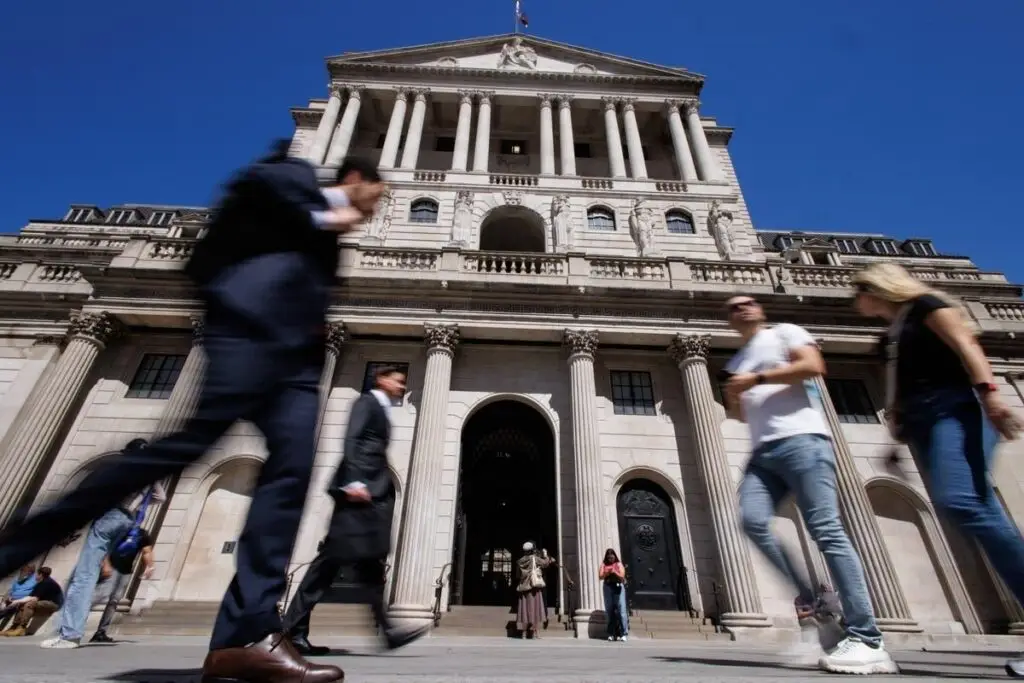Homeowners are pleading for relief as they wait for a cut in borrowing costs.
- The Bank of England held its current interest rates despite expectations.
- Concerns about inflation and the upcoming election influence the Bank’s decision.
- A vote by the Monetary Policy Committee showed a majority is in favour of maintaining rates.
- Small businesses and mortgage-holders are particularly affected by the high rates.
The Bank of England has decided to hold interest rates steady, despite widespread anticipation of a potential cut. This decision, described as ‘finely balanced,’ reflects a cautious approach during uncertain times. The Monetary Policy Committee (MPC) voted seven to two in favour of maintaining the current rates, with Deputy Governor Dave Ramsden and Swati Dhingra advocating for an immediate cut.
Meanwhile, concerns about inflation continue to play a significant role in the Bank’s decisions. Although inflation briefly returned to the target of 2%, it is not necessarily indicative of a sustained decrease. The MPC is wary of rising ‘core’ inflation, which excludes volatile elements like energy and food. Core inflation stood at 3.5% in May, and service price inflation was particularly high at 5.7%.
Moreover, the Bank of England is facing complications due to unreliable labour market data from the Office for National Statistics. High wage settlements, closely tied to service prices, further complicate the picture. Additionally, an anticipated change in government and potential shifts in fiscal policy make the Bank cautious about making any hasty moves.
The outcome of the recent election is expected to provide more clarity, but for now, the economy is performing better than the Bank projected. Small businesses and homeowners, however, are feeling the pressure. Martin McTague, chair of the Federation of Small Businesses, highlighted the risks of stifling growth by maintaining high rates, stressing the need for a rate cut to help small firms invest and grow.
With the MPC’s primary mandate to maintain price stability, an immediate rate cut seems unlikely. A cut in September might be possible, but many are now looking towards November as the more plausible timeframe. The Bank must balance its commitment to the 2% inflation target with the real economic hardship faced by borrowers.
The timeline for an interest rate cut remains uncertain, with November emerging as a likely target date.

